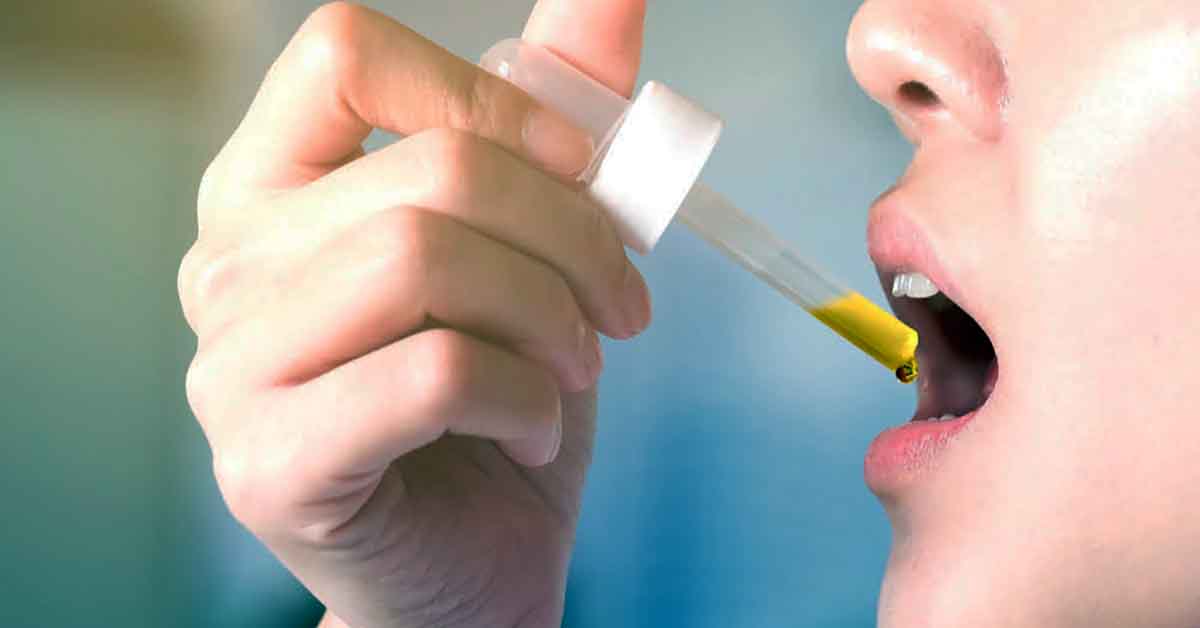A four-year clinical trial led by Edwin Kim, MD, at the UNC School of Medicine, has found that an increased dosage of a unique type of peanut allergy immunotherapy continues to show promise for children.
A four-year phase 2 clinical trial demonstrated that a peanut allergy treatment called sublingual immunotherapy, or SLIT, is effective and safe, while offering durable desensitization to peanuts in peanut-allergic children.
SLIT is a treatment using a tiny amount of peanut protein that is the equivalent of only 1/75th of a peanut kernel. It is taken under the tongue, where it is absorbed into the body, as opposed to Palforzia® peanut oral immunotherapy, which requires patients to eat a medical grade peanut flour each day.
Published in the Journal of Allergy and Clinical Immunology, the research led by corresponding author Edwin Kim, MD, associate professor of pediatrics at the UNC School of Medicine, shows that a 4 mg dose of peanut SLIT provides strong desensitization that would be expected to protect against accidental exposures to peanut in the majority of children. And most importantly, the clinical study suggests the treatment is safe.
“As a father of two children who have had anaphylaxis to nuts, I know what life can be like for parents and children dealing with food allergies,” said Kim, director of the UNC Food Allergy Initiative. “We need a treatment that protects our children from the unexpected, but it needs to be safe and it needs to be simple. It can’t add to the stress and the worry families already deal with each and every day.”
In their 2011 pilot study of peanut SLIT, Kim and his group showed for the first in a placebo-controlled study that desensitization, defined as an increase in the amount of peanut it takes to cause an allergic reaction, was possible with peanut SLIT. When these children were kept on the treatment for 5 years, they showed that the desensitization was maintained, the treatment remained safe, and a small group of these patients could stop treatment for a month and still be desensitized.
The current trial was designed to answer 2 key questions that emerged from this first study: could higher doses be more effective, and how long-lasting can the treatment effect be. First, the dose of the peanut SLIT was increased from 2mg to 4mg. Second, in a first-of-its-kind approach, patients finishing peanut SLIT who were desensitized and considered to be protected against accidental exposures of peanut, were then taken off of the peanut SLIT treatment for anywhere from 1 to 17 weeks to measure how long the protection would last.
Of the 54 peanut-allergic children participating in the study, 47 completed the treatment with 70% showing protection against accidental exposures of peanut (>800 mg peanut, ~3 peanuts) and 36% showing full desensitization (5000 mg of peanut, ~16 peanuts). The average threshold after treatment for children in the study was 2723 mg of peanut compared to 1700 mg using the 2mg dose in the pilot study. Importantly, despite the higher treatment dose, safety was similar to the pilot study with only 4% of doses causing side effects and most of these involving a temporary itch in the mouth. No side effects required treatment with epinephrine (EpiPen).
“Unfortunately even with the most careful precautions, we know that cross-contaminations and accidental ingestions do happen and allergic reactions can occur,” Kim said. “This study shows that SLIT can desensitize the majority of peanut-allergic children which we think should provide a buffer of protection against these unexpected situations.”
Modeling of the time off of peanut SLIT showed that on average, it would take 22 weeks before the desensitization would wear off and the patient would become reactive to small amounts again.
“We know that life happens and there may be times where the treatment is missed,” Kim said. “It could be because of vacation, or being sick, or just forgetting. This exciting new data shows that the changes to the immune system after peanut SLIT may not be permanent, but they are long-lasting.”
Dr. Kim says that this not only gives us reassurance in the case of missed doses, but also may point to novel dosing strategies in the future.
“Sublingual immunotherapy is not a cure, but by striking that balance of protecting against allergic reactions while still being easy and safe to do, it could have the potential to help a lot of peanut-allergic patients and their familes.” Kim said.
The project was supported by NIH-NCCIH Grant Award Number NCCIH, R01-AT-004435, and the National Center for Advancing Translational Sciences (NCATS), National Institutes of Health, through Grant Award Number 438 UL1TR002489.
Media contact: Brittany Phillips, UNC School of Medicine, 919-270-6212






